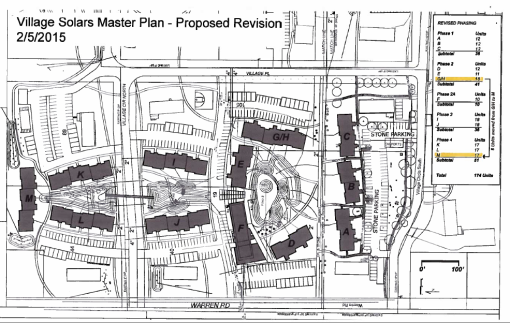Part I in September 2013 looked at enrollment from 2002-2012. This time, it’s a look over the whole 150 year history of Cornell.
As of Fall 2014, Cornell University enrolled 21,850 students at its Ithaca campus, the latest statistic on the rapid increase in student population since 2005, when the total student population was 19,447. Many of the ups and downs in the 150 years or Cornell are easy enough to qualify – drops in male enrollment as students went off to fight in World War I and World War II, the Post-WWII GI Bill bringing an enormous increase in enrollment. Then there’s a leveling off in enrollment during the 1970s due to financial constraints, and the rapid rise of women in college starting in the late 1960s, as more and more women sought out education and careers.
Early on, a decline can be seen in enrollment, from 561 in 1876-77 to a low of 384 students in 1881-82. According to Morris Bishop in A History of Cornell, “Various reasons were given for the dwindling enrollment: hard times, increased tuition, stiffened entrance exams, coeducation, Cornell’s reputation for religion. Probably each of these reasons was valid in certain cases (p. 201).” The absence of university president A. D. White while he served as the U.S. Ambassador to Germany from 1879-1881 didn’t help matters. Thankfully for the university’s finances, enrollment rebound and morale increased after White returned.
More notably, starting around fall 2011, the number of women enrolled as undergrads exceeded the number of men, the first time ever in Cornell’s history. This reflects national trends – women are now the majority of matriculated students in all self-identifying groups.
Perhaps in part due to large increases in research spending in the 1950s and 1960s, grad students more than doubled in population in fifteen years, increasing from 1,528 in 1950 to 3,149 in 1965. The growth since 2000 isn’t as dramatic, but nearly as large in number – 3,918 in 2000 to 5,140 in 2014. The drop off in the 1990s can be attributed to “cuts in federal aid to higher education, especially R1 type institutions”, according to Ithaca College Economics professor Elia Kacapyr.
Taking a quick look at the law school’s enrollment numbers, there was a tremendous spike in enrollment after World War II, thanks to the GI Bill – 460 students in 1950, more than doubling the 201 reported in 1939. 78 percent of law students in 1950 hailed from other institutions for their undergraduate degrees (Morris Bishop’s A History of Cornell, p. 575). During WWII, the law school accelerated its degree program by a year (Bishop 547), which might explain why the drop was more severe than in other programs. A mere 49 students were enrolled in the law school in Fall 1943.
More recently, Cornell had a spike in law school enrollment, as part of a larger boom in law school education during the recession. The law school went from 583 students in 2008 to 689 in 2009, a remarkable amount of growth for one year. Law school looked like a ticket to a six-figure job during the recession, but after a couple of years of horror stories of law students unable to find high-paying jobs to match their high debts, applications have decreased nationwide and the enrollment numbers at Cornell have eased down just a little bit, to 668. The shrinkdown isn’t nearly as bad as some other schools, however.
On the other hand, it now seems like MBAs are the go-to for that six-figure job, with a large boost in matriculants nationwide. Whether or not B-school grads have a law school-like meltdown has yet to be seen, but there’s no doubt that MBA student enrollment is growing by tremendous leaps and bounds Far Above Cayuga – the Johnson School of Management has grown from 655 students in 2004 to 1,168 in 2014.
One thing that stands out is that from 1947 (when the business school began teaching students) to 1969, there had never been more than 4 women enrolled at any one time.
Lastly, the Vet School. Morris Bishop has an enlightening anecdote to share about applying to the school in the Post-War era:
“The Veterinary College was distressed by its popularity. The upsurge of interest in the scientific study of animal life and disease overwhelmed the country’s ten veterinary colleges. By 1947 we had 750 applications for entrance, or fifteen for every place. Since our first duty was to New York State boys, out-of-state applicants had one chance in forty of admission. The same situation prevailed elsewhere; a boy who lived in a state without a veterinary school had practically no chance of entering the field. The need led to the creation of a number of new schools, and the pressure upon Cornell gradually eased.” (Bishop 576)
Starting in 1980, women exceeded enrollment of men at the Vet School – today, the breakdown is about 75-25 in favor of women. I have had several vet school friends say that to be a single straight male in the Vet School makes one a very hot commodity. Cornell can expect to see increases in enrollment in the next few years, as part of its plan to enroll 120 in each class (480 total, up from the current 421) by 2017.






































